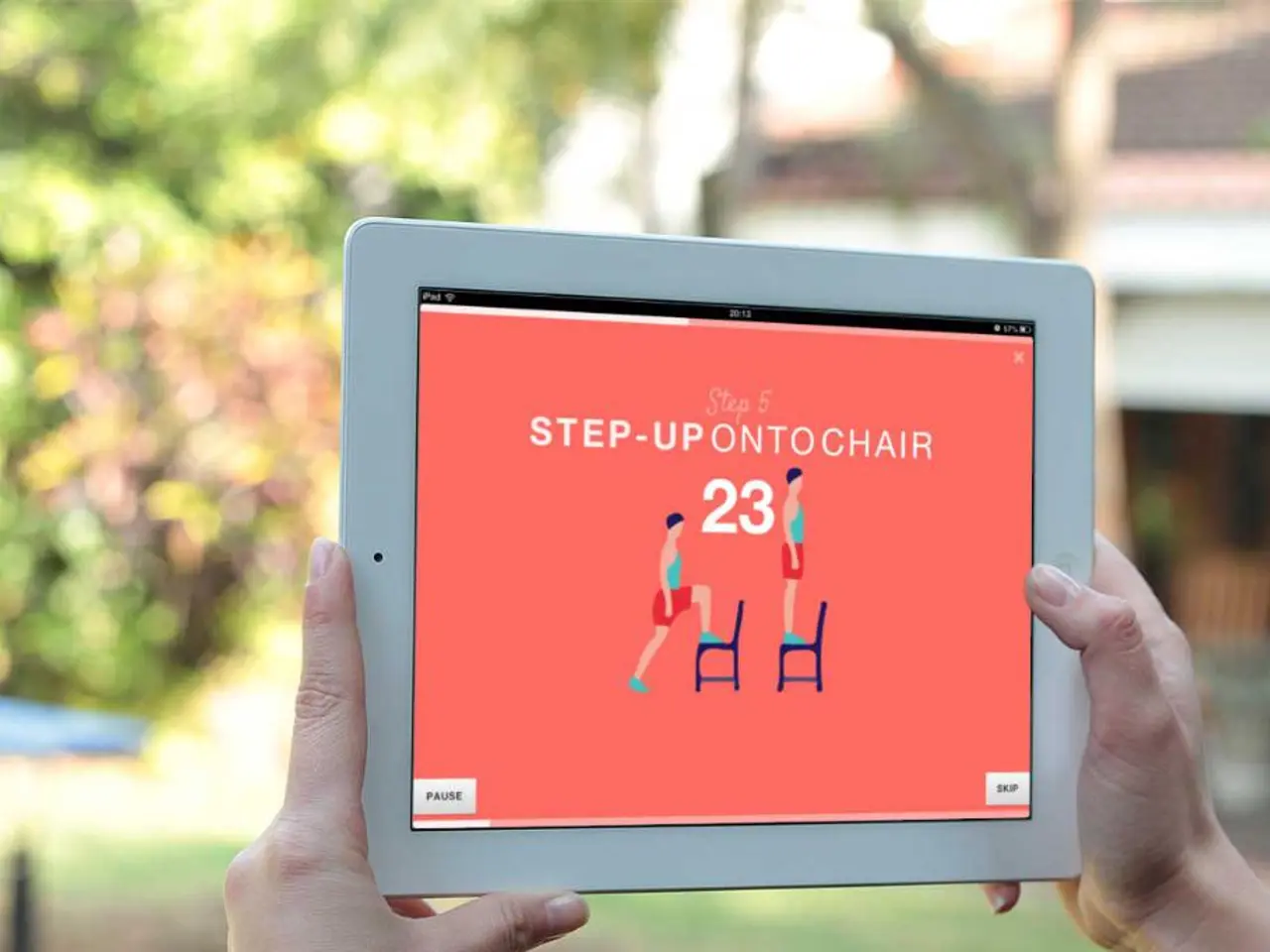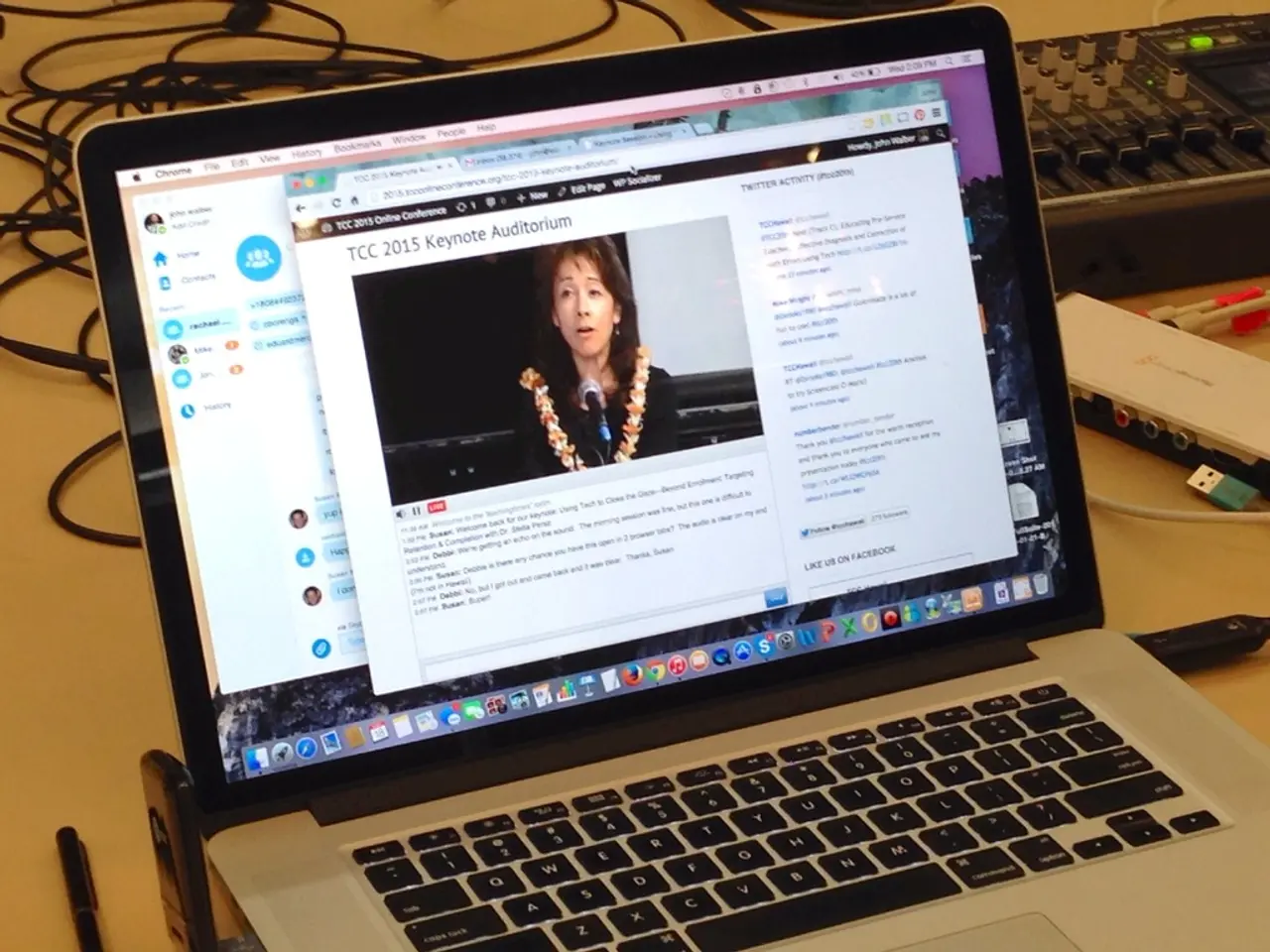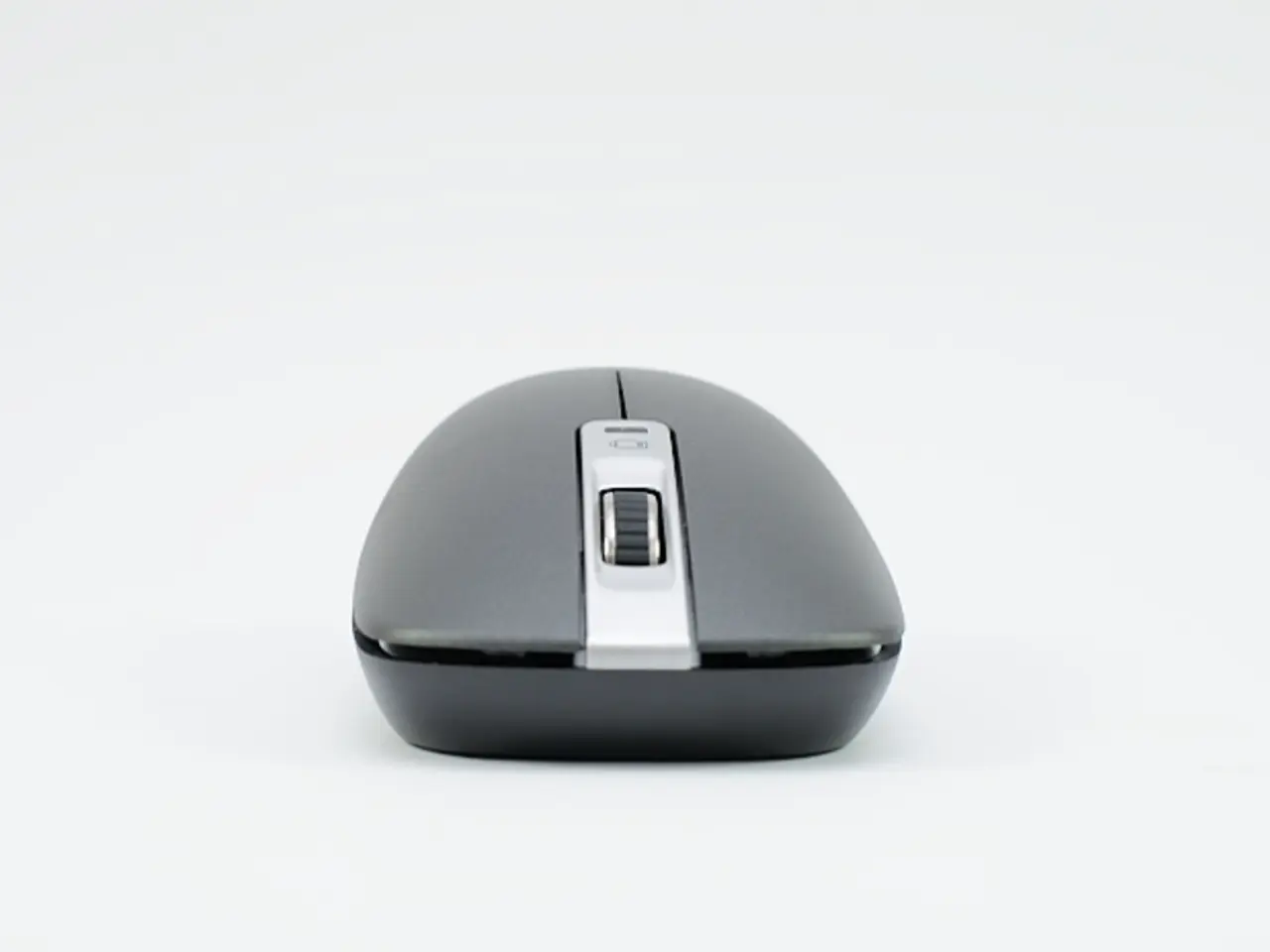Cardano's Network Upgrade Secures $71 Million Approval
Cardano Network Undergoes Major Upgrade
The Cardano network, a prominent player in the blockchain industry alongside Ethereum, Solana, and Avalanche, is embarking on a year-long $71 million upgrade project. The ambitious project, approved by 74% of the Cardano community, aims to enhance scalability, developer experience, and interoperability.
At the heart of the upgrade are key technologies such as Hydra, a layer-2 scaling protocol designed to enable faster and cheaper transactions, and Project Acropolis, a modular re-architecture of the Cardano node that promises greater flexibility and easier onboarding for new developers. Additional improvements include lowering RAM usage, reducing operational costs for stake pool operators, and implementing technical foundations for more advanced smart contracts and seamless interoperability.
The funding for this project will be milestone-based, with payments tied to delivering upgrades. Oversight will be provided by smart contracts and a dedicated committee. IOG, Cardano’s main development team, will be required to publish monthly updates, engineering timesheets, and quarterly budget breakdowns to promote transparency.
However, the upgrade has sparked some debate within the Cardano community. While many support the upgrade in theory, concerns have been raised regarding costs, accountability, transparency, and centralization. The $71 million treasury spend has prompted questions about the budget’s scale, and critics have called for more granular budget breakdowns and clearer accountability. Some community members have expressed unease about the centralized funding of a single vendor (IOG) versus more decentralized approaches.
Moreover, a rival proposal from Cardano’s Technical Steering Committee was also proposed but rejected, adding to the transparency debates. The community has expressed frustration over the lack of clear breakdowns or regular updates regarding the $71 million budget.
Despite these concerns, the success of the Cardano network upgrade is crucial for shaping its future. If the improvements yield the desired results, the network could become easier for people to use, more powerful for developers, and better for real-world projects and apps. However, potential risks and financial implications loom if the upgrade does not meet expectations.
The community will closely monitor the rollout of the upgrades and will be looking for results. The upgrade could result in a stronger, more flexible, and easier-to-use Cardano network, potentially attracting more users, apps, and real-world use. However, if communication remains unclear or the improvements fall short, the community could lose trust in the project.
Over the next 12 months, Cardano’s development teams will implement the upgrades. The next upgrade phase, Fusaka, is scheduled for late 2025. The success of this upgrade could represent a significant step forward for the Cardano network.
- The Cardano network, aiming to rival the scalability and power of prominent blockchain networks like Ethereum and Solana, will implement Project Acropolis and Hydra to enhance its performance, aiming to make it more efficient for real-world finance and technology applications using Bitcoin-like tokens and advanced smart contracts.
- As part of the aggressive upgrade project, the increased budget allocation for the Cardano network will be utilized to reduce operational costs, lower RAM usage, and fund developments that improve scalability, developer experience, and interoperability, extending Cardano's potential appeal to a broader spectrum of finance applications and technologies.
- The forthcoming upgrades' success in addressing concerns about costs, accountability, and transparency within the Cardano community will potentially lead to a surge in network popularity, attracting an increased number of users, apps, and real-world projects – thus enabling the network to compete favorably with leading networks such as Ethereum and Bitcoin.




